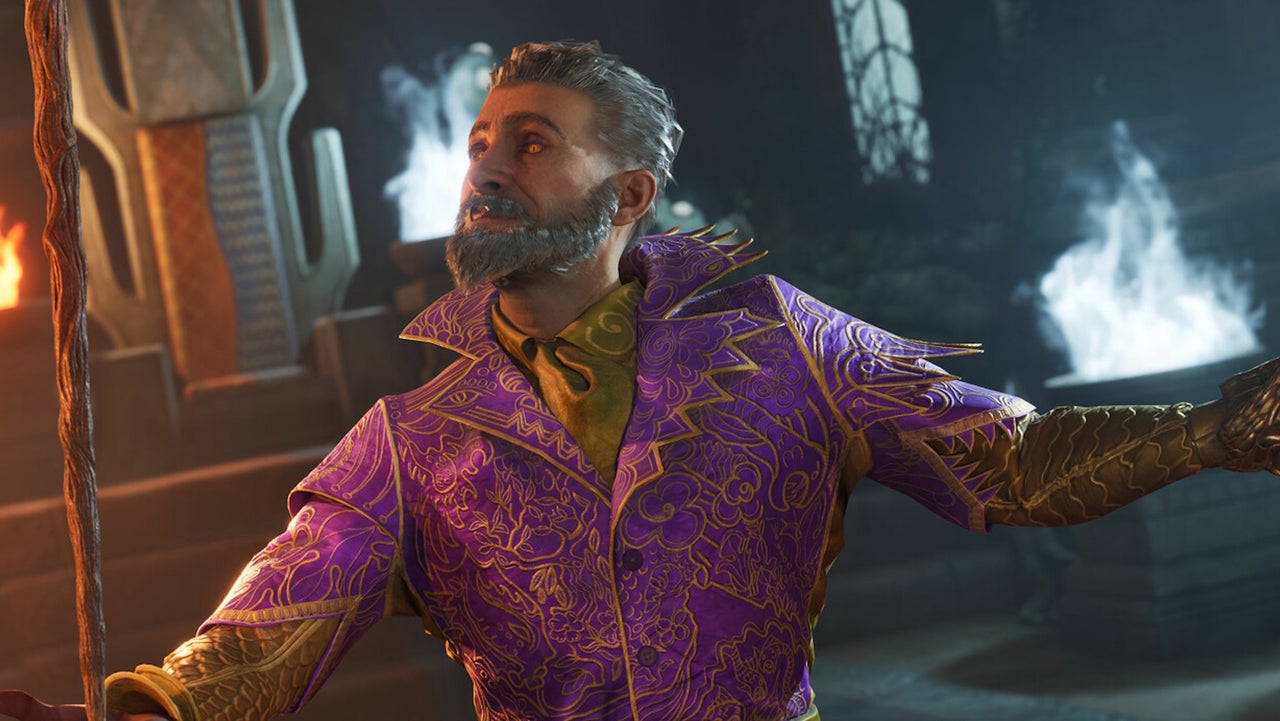Beyond Nostalgia: How Oblivion Blurs the Line Between Remake and Remaster

The Elder Scrolls IV: Oblivion has received a stunning visual transformation with its Unreal Engine 5 upgrade, blurring the lines between a traditional remaster and a full-blown remake. At first glance, the graphical enhancements are breathtaking, promising players a nostalgic journey through Tamriel with modern visual fidelity.
However, beneath the dazzling surface, the core experience remains remarkably true to the original 2006 release. While the graphics have been dramatically overhauled, creating an almost photorealistic rendition of the beloved RPG, the gameplay mechanics, character interactions, and fundamental game design remain unchanged.
This upgrade serves as a testament to the timeless appeal of Oblivion, proving that exceptional game design can transcend technological limitations. The Unreal Engine 5 remaster doesn't just polish the game's appearance; it breathes new life into a classic, allowing both veteran players and newcomers to experience the magic of one of gaming's most iconic RPGs in a visually stunning new light.
For fans of the series, this remaster offers a nostalgic trip down memory lane with unprecedented visual clarity, while potentially introducing a new generation of gamers to the rich, immersive world of The Elder Scrolls.
